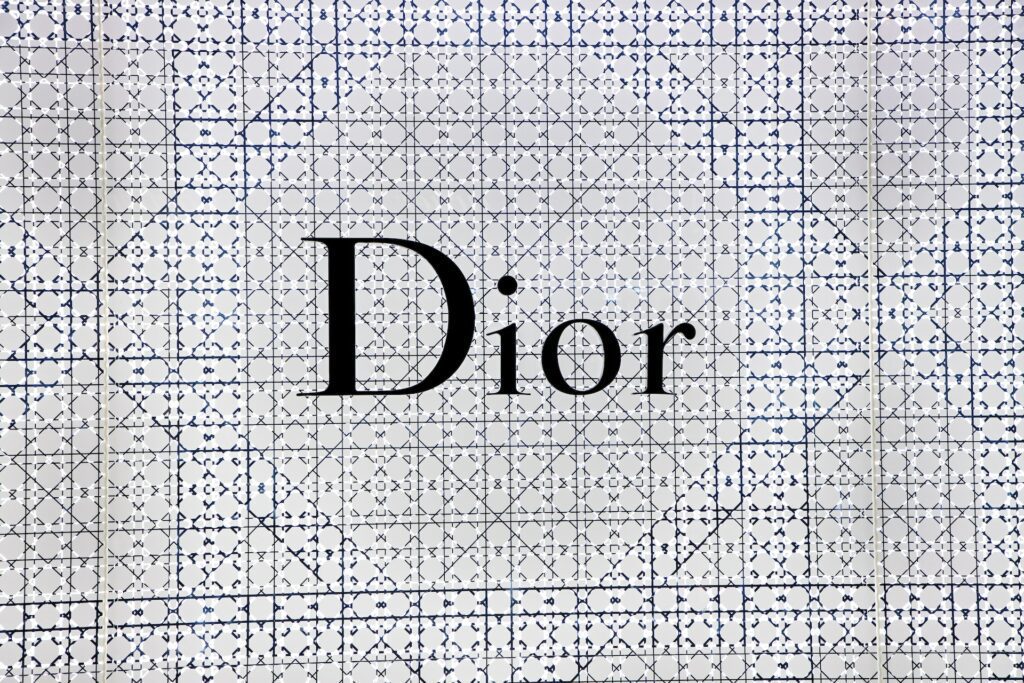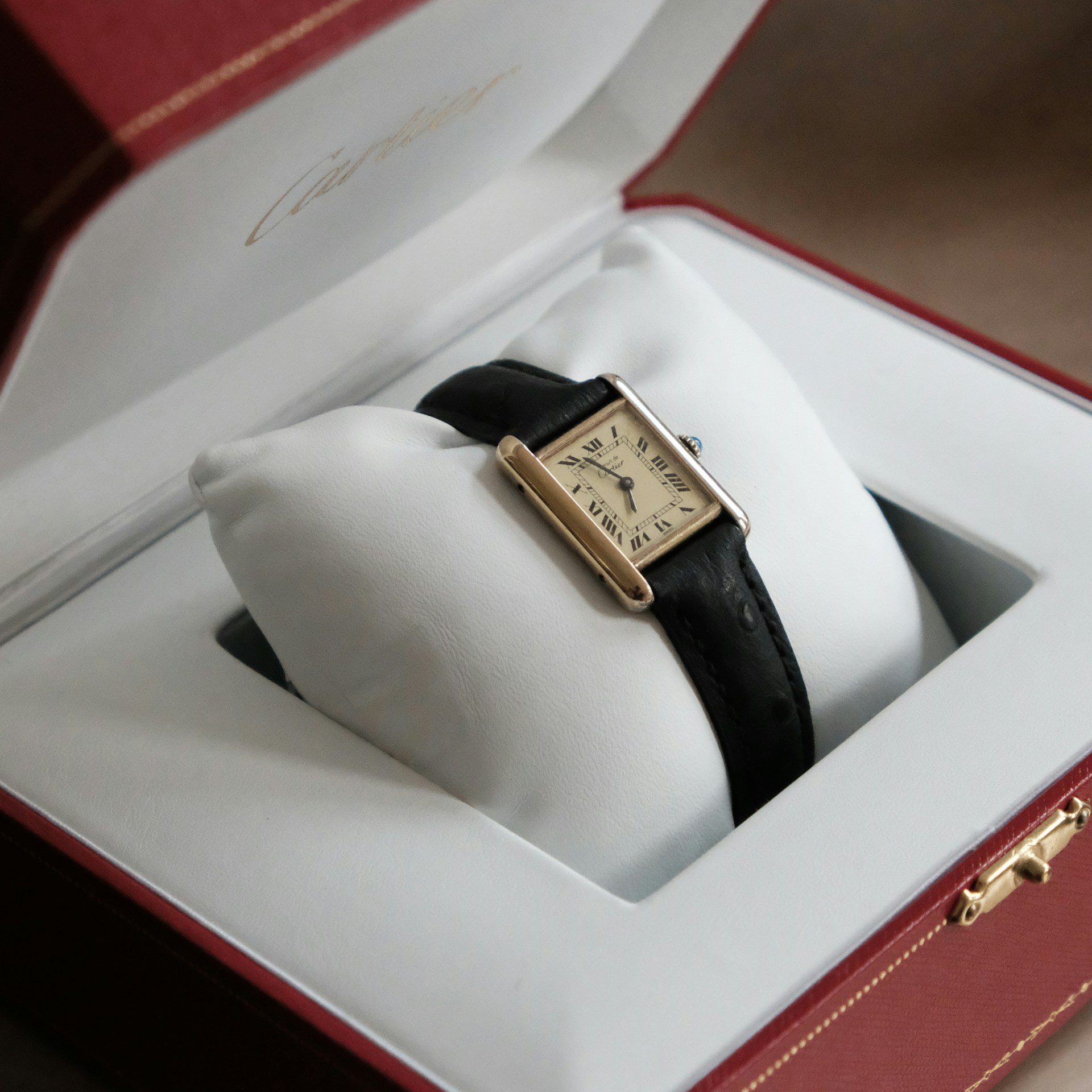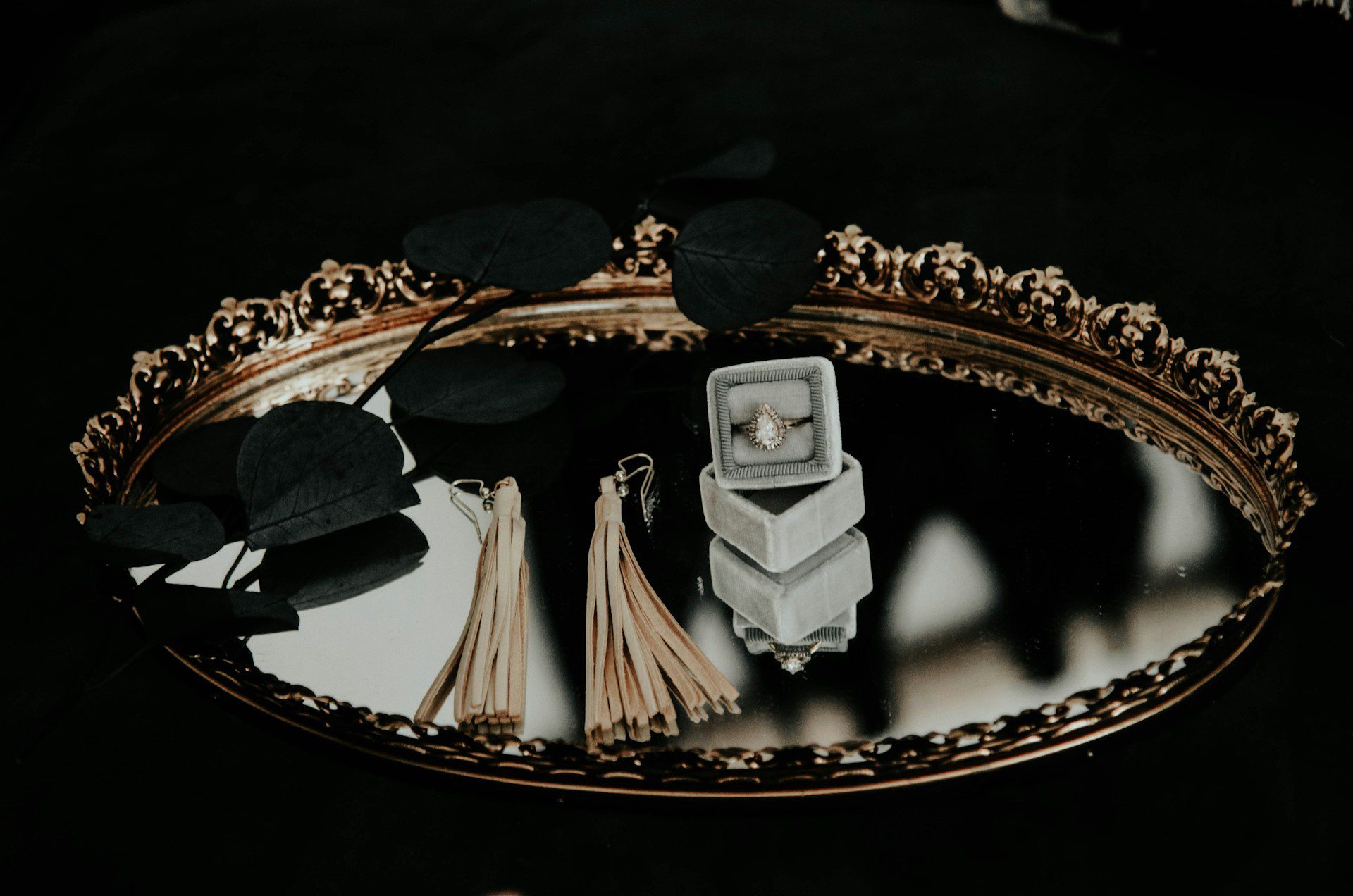Dior is not an obscure brand. In fact, it is quite common to see celebrities sporting Dior on the runway or red carpet. But we all know even the most successful brands must start somewhere. Here’s a history of the Dior fashion house and its founder Christian Dior.
The History of Christian Dior
French designer Christian Dior was born in Granville, France, on January 21, 1905. He was the second of five children born to a wealthy family—his father owned a prosperous fertilizer business and his mother came from a banking dynasty. As a child, Dior enjoyed painting and gardening; he later developed an interest in fashion design while working at his mother’s dress shop. Dior left school at the age of 18 to study art in Paris, but he soon ran out of money and was forced to return home. He then took a job with designer Robert Piguet, before moving on to work for Lucien Lelong. In 1941, Dior opened his own fashion house with financial backing from textile magnate Marcel Boussac. The first “New Look” collection debuted in 1947 and revolutionized women’s fashion with its luxurious fabrics and feminine silhouette (characterized by nipped-in waists and full skirts). The “New Look” made Dior one of the most influential designers of the 20th century, and his brand remains a powerhouse in the fashion industry today. Christian Dior died suddenly of a heart attack in 1957; since then, a number of prominent designers have helmed the label, including Yves Saint Laurent, Marc Bohan, Gianfranco Ferré, John Galliano, Raf Simons and Maria Grazia Chiuri.
The House of Dior has a long and storied history, dating back to its founding in 1946 by Christian Dior. Since then, the brand has been through many ups and downs, but always managed to stay relevant in the ever-changing world of fashion. Here is a look at the journey of Dior’s fashion house over the past 70 years. 1946: The 1950s were a golden era for Dior, with celebrity clients like Marilyn Monroe and Grace Kelly wearing his designs. The brand also expanded internationally during this time, opening stores in London, New York, and other major cities around the world. During the 1960s things took a turn for the worse after Christian Dior died suddenly at the age of 52. Yves Saint Laurent took over as creative director and designed some iconic collections, but he left after just two years due to disagreements with management.
Several other designers came and went during this tumultuous period until Marc Bohan finally stabilized things in 1968. The 1970s was another successful decade for Dior, thanks largely to Bohan’s popular runway collections. He introduced new silhouettes like elongated jackets and maxi skirts that became style staples for decades to come. In 1972, Diane von Furstenberg became one of the first women to design for the House of Dior when she created her famous “wrap dress.” 1980s & 1990s:
The 1980s brought more changes to Dior, with Bernard Arnault taking over as CEO in 1984. He appointed Gianfranco Ferré as creative director in 1989, who helped modernize the brand while still staying true to its luxurious roots. In 1996, John Galliano joined Ferré as co-creative director and quickly put his own stamp on things with his avant-garde designs. 1999 saw yet another change at Diors when Arnault hired Belgian designer Hedi Slimane , who would go on to define what is now known as “the skinny silhouette.”
After a few difficult years financially, Dior regained its footing in 2002 when it was purchased by LVMH. Under new leadership, the brand embarked on a revival that culminated in Maria Grazia Chiuri becoming its first female artistic director in 2016. She has continued to steer Dior into new directions with fresh and feminine collections that have won over both critics and customers alike.







